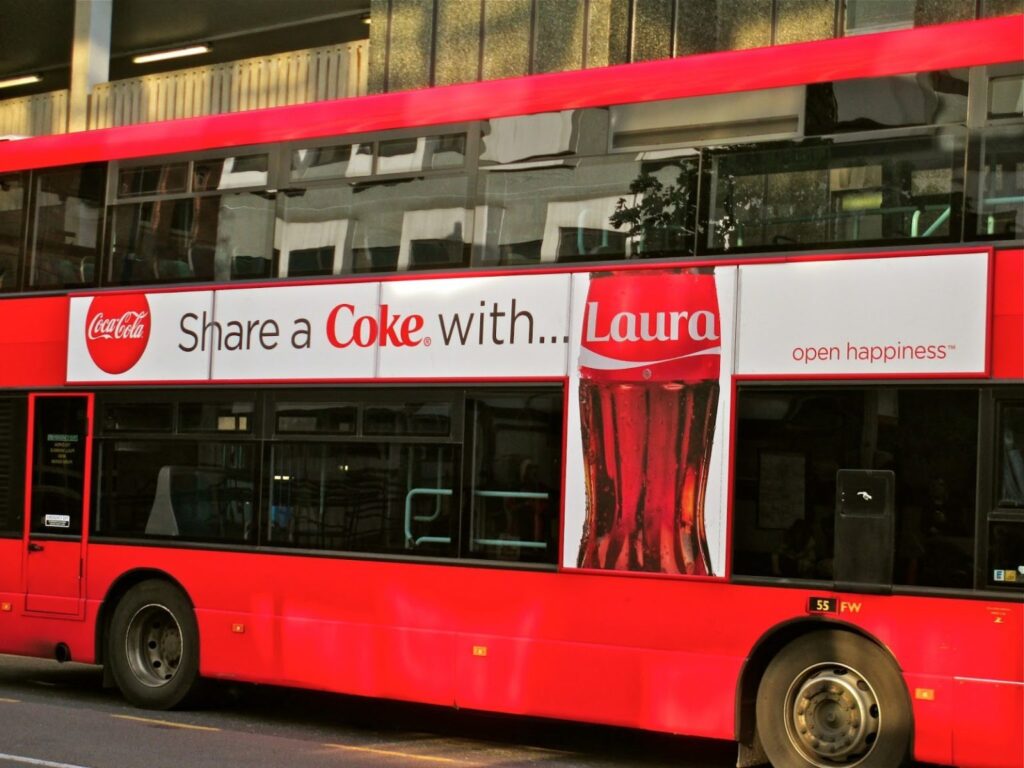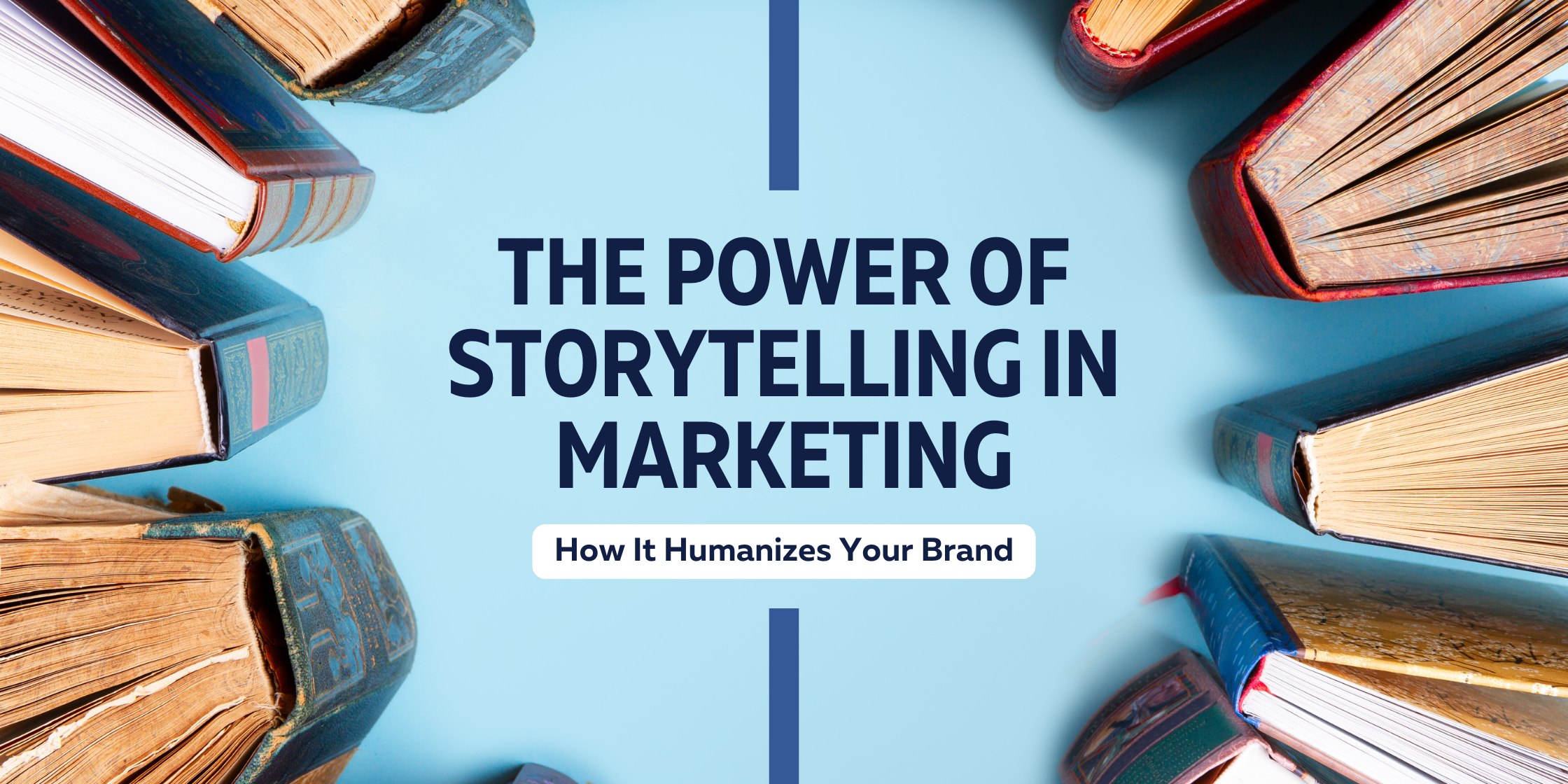The brands that succeed today aren’t just selling—they’re storytelling, building deep connections that go beyond transactions. Storytelling in marketing isn’t just a trend—it’s a powerful strategy that creates emotional connections, fosters brand loyalty, and humanizes your business. Whether you’re a small business or a global brand, leveraging storytelling can make your message more memorable and impactful.
Why Storytelling Matters in Marketing
At its core, storytelling is about connection. Instead of simply selling a product or service, a compelling story invites customers into a brand’s world, making them feel part of something bigger. According to Forbes, brand storytelling becomes even more valuable in uncertain economic times as it fosters trust and long-term customer relationships.
A strong brand story helps your audience:
- Relate to Your Brand: People connect with emotions, not sales pitches.
- Remember Your Message: Stories are 22 times more memorable than facts alone.
- Engage on a Deeper Level: A well-told story sparks curiosity and encourages action.
Video courtesy of Lego
LEGO’s “Rebuild the World” campaign perfectly shows how storytelling can capture imagination while reinforcing brand values. By celebrating creativity, problem-solving, and the limitless possibilities of play, LEGO doesn’t just sell toys—it encourages its audience to think beyond the ordinary. This campaign resonates with children and adults, reinforcing LEGO’s brand identity as a tool for innovation and storytelling.
Elements of an Effective Brand Story
Not all brand stories are created equal. The most effective ones follow a clear structure and resonate with their target audience. Here’s what to include:
1. Authenticity and Purpose
Customers can sense when a brand is being inauthentic. Your story should be rooted in real experiences, company values, and a genuine mission. The more transparent and honest your brand is, the stronger the connection with your audience.
2. A Relatable Hero (Your Customer)
While your company plays a role, the best brand stories position the customer as the hero. Showcase how your product or service helps them overcome a challenge or achieve success. Adobe emphasizes that brands should focus on audience needs and craft inspiring narratives.
3. Emotion-Driven Messaging
People make decisions based on emotions and then justify them with logic. Whether it’s joy, nostalgia, or hope, storytelling should evoke a feeling that aligns with your brand identity. Apple, for instance, doesn’t just sell technology—it tells stories of creativity and innovation.
4. A Clear and Compelling Narrative
A good story follows a structure: beginning (the problem), middle (the journey), and end (the resolution). Keep your message simple yet powerful so it’s easy for audiences to follow and remember.
How Brands Use Storytelling Successfully
Many companies leverage storytelling to elevate their marketing efforts. Here are a few ways brands make their stories work:
- Nike’s “Just Do It” Campaign: Nike’s ads don’t just promote shoes—they tell stories of perseverance, resilience, and breaking barriers.
- Coca-Cola’s “Share a Coke” Initiative: By personalizing bottles with names, Coca-Cola turned a product into a meaningful story of connection.
- Airbnb’s Community-Focused Stories: Airbnb shares real traveler experiences, making potential customers feel part of a global community.



Implementing Storytelling in Your Marketing Strategy
Ready to infuse storytelling into your marketing? Here’s how to get started:
- Define Your Brand Narrative: Identify your mission, values, and what makes your business unique.
- Share Customer Stories: Highlight testimonials, case studies, or success stories to showcase real-life impact.
- Use Multimedia: Videos, blogs, and social media posts help bring your story to life.
- Stay Consistent: Ensure your messaging is uniform across all platforms to build brand recognition.
Final Thoughts: Build Connections Through Storytelling
Storytelling is more than a marketing tactic—it’s a way to build lasting relationships with your audience. By crafting authentic, emotion-driven narratives, your brand can stand out, connect with customers, and drive engagement.
Want to explore more ways to enhance your brand’s storytelling? Check out our latest blogs or contact our team—we’re here to help you create a story that resonates!

